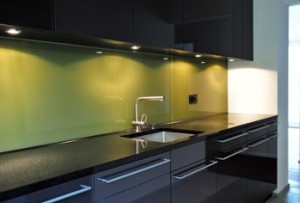 If you have ever watched “This Old House” or are glued to your HGTV or DIY channels like the rest of us, you surely know there are many choices when it comes to countertops. So, what do you choose when options abound? That is entirely up to you and your preferences. Each countertop option comes with different characteristics – from appearance and style to maintenance upkeep – there’s something for everyone.
If you have ever watched “This Old House” or are glued to your HGTV or DIY channels like the rest of us, you surely know there are many choices when it comes to countertops. So, what do you choose when options abound? That is entirely up to you and your preferences. Each countertop option comes with different characteristics – from appearance and style to maintenance upkeep – there’s something for everyone.
Below are some of the many options you have when choosing a countertop for your kitchen or bathroom, as well as some of their key characteristics to keep in mind:
Which do you choose?
Granite, an igneous rock, has become the most popular countertop choice in many homes – and rightfully so. Although they need to be sealed and can be somewhat expensive, granite countertops provide you with a beautiful, one-of-a-kind look. They hold up to heat well, and are typically desirable when it comes to selling your home in the future.
Engineered Stone/Quartz countertops come in many different colors and are virtually indestructible. These tops don’t require sealants and are resistant to stains, heat and scratches, and are very easy to maintain. However, quartz – like granite – is an option in the higher price range.
Solid Surface countertops are manmade and come in many colors and patterns. Among their list of positive attributes are the facts that they’re seamless and stain-resistant. Because the material is solid all the way through, another positive is that scratches can be sanded out. Cons of solid surface countertops are that they can be expensive, and hot pans and stains can damage them.
Stainless Steel counters give you a very modern look. Stainless steel is heat-resistant, durable and very sterile. When used as a countertop material, it lends a contemporary air to any room, but scratches easily and can often appear too industrial or institutional.
Ceramic Tile comes in many colors, patterns and styles. Ceramic tile in itself is easy to clean and durable, but be aware that grout lines can become stained, which is a main deterrent for many homeowners. Other downsides are that tiles may be uneven on the surface and may also chip or crack over time.
Stay tuned for more countertop overviews in part 2 of this post, where we’ll discuss many other popular options for your surfaces.

Recent Comments